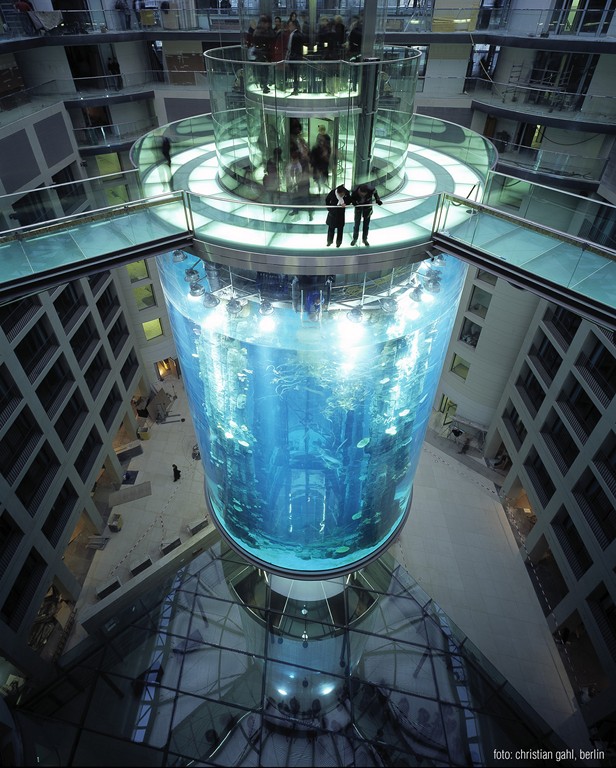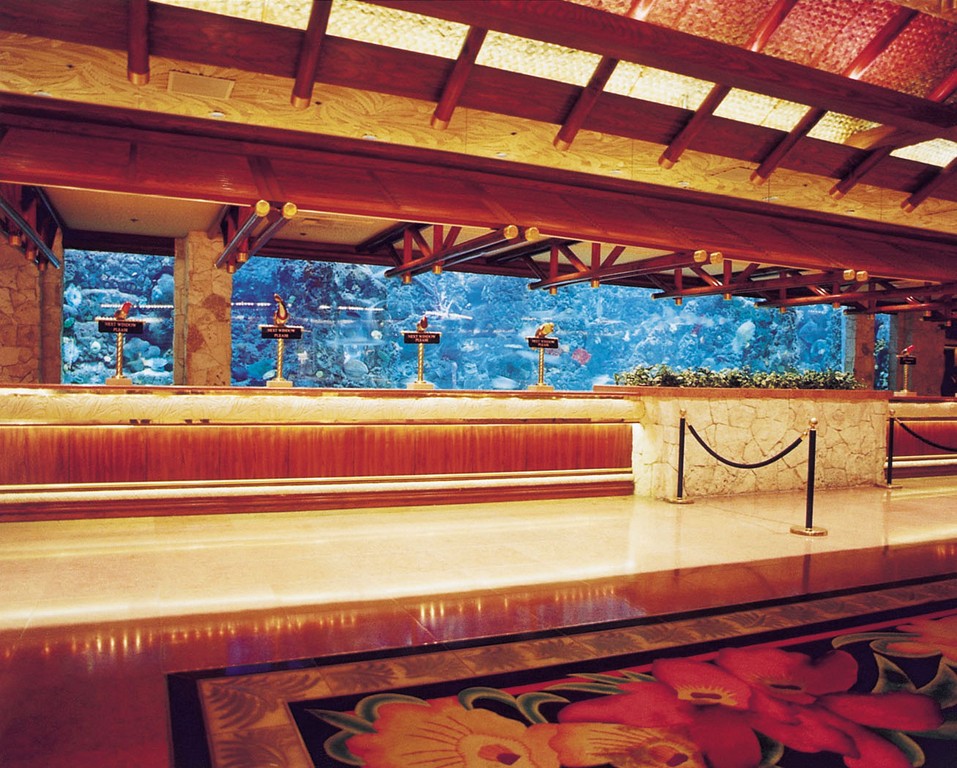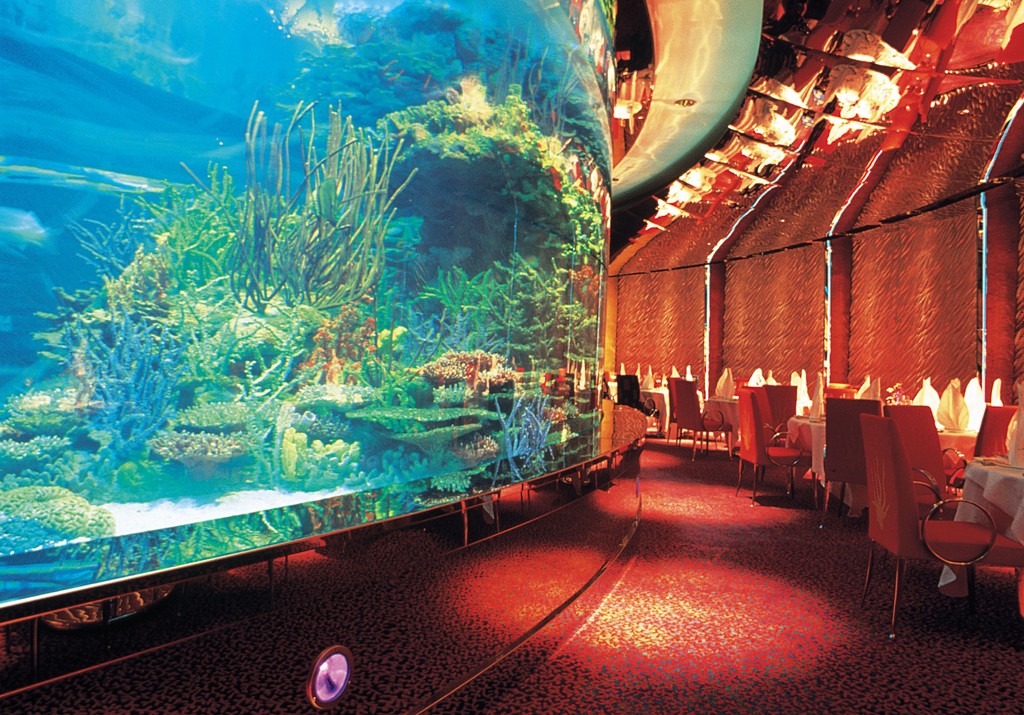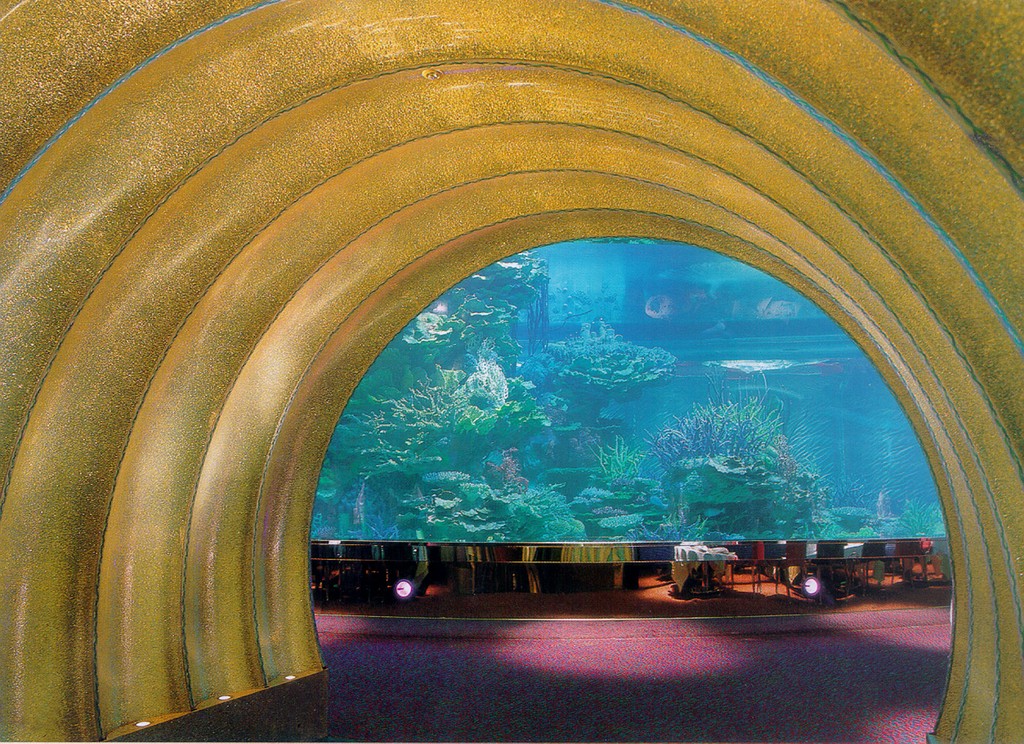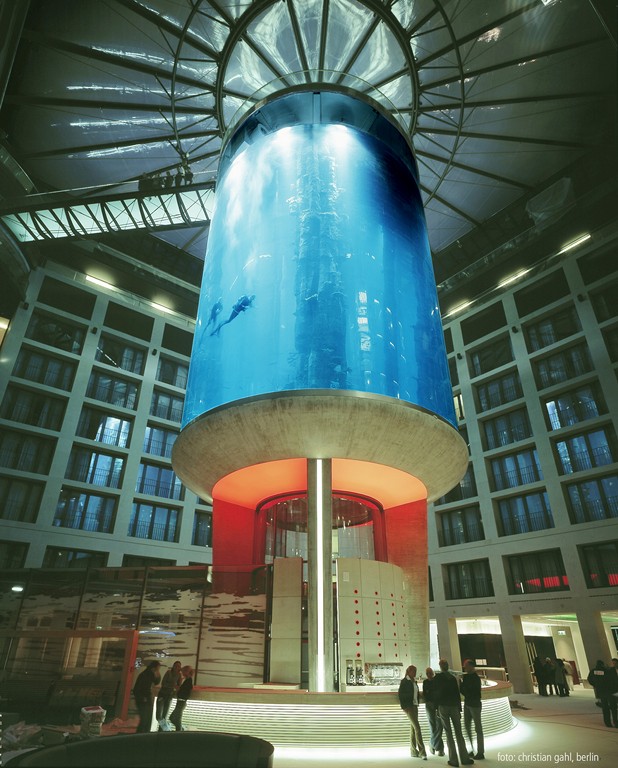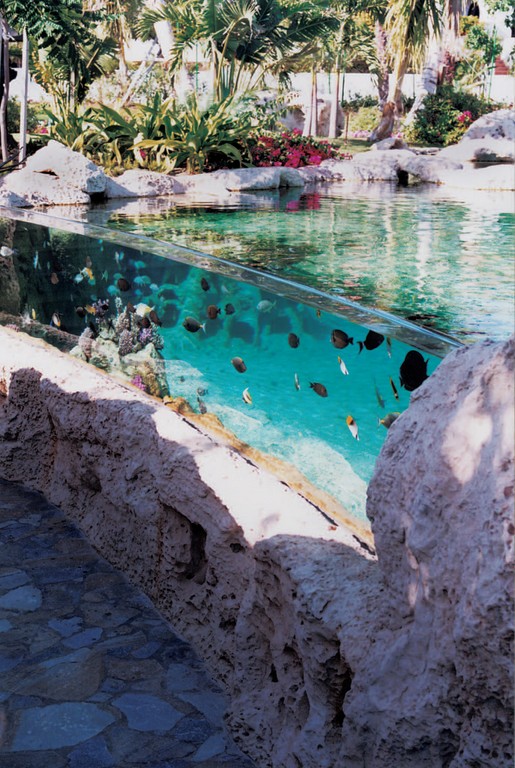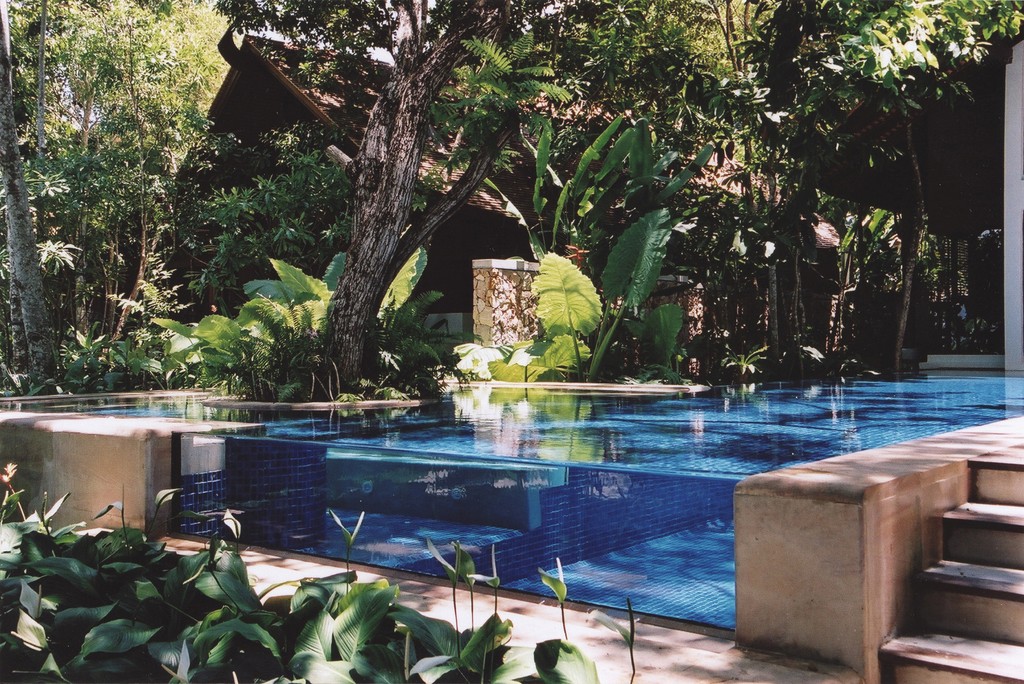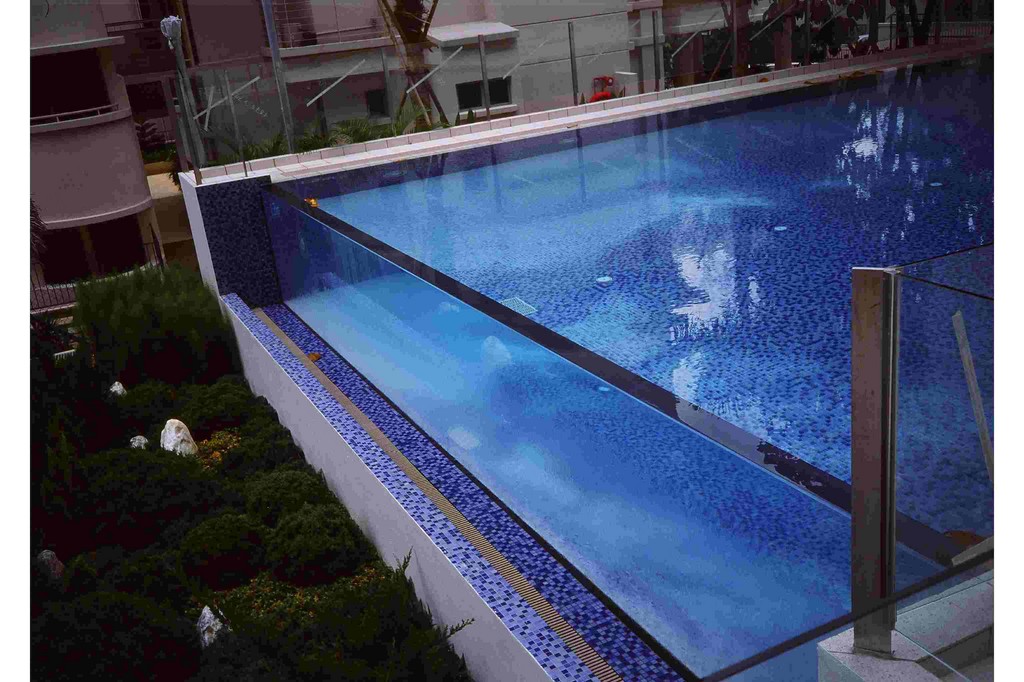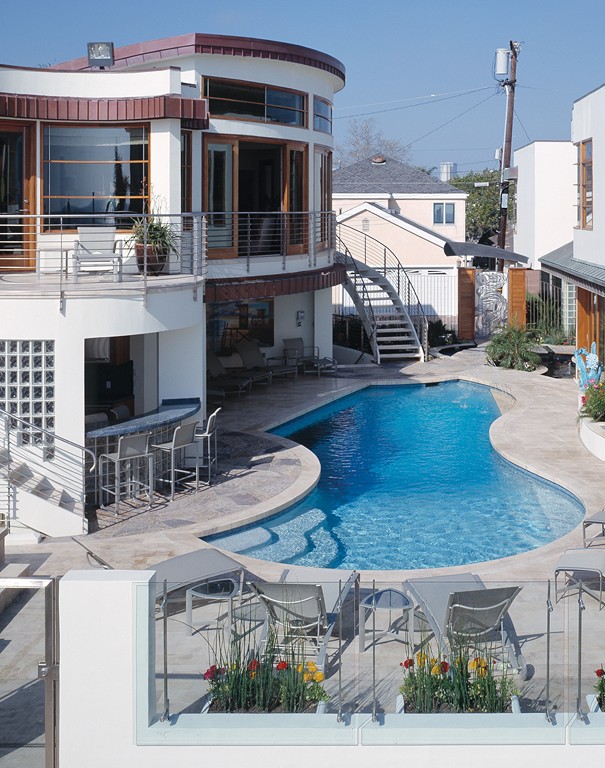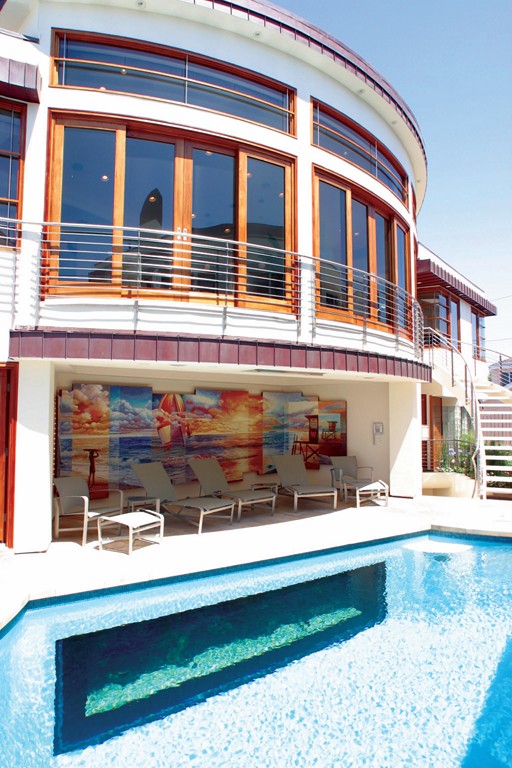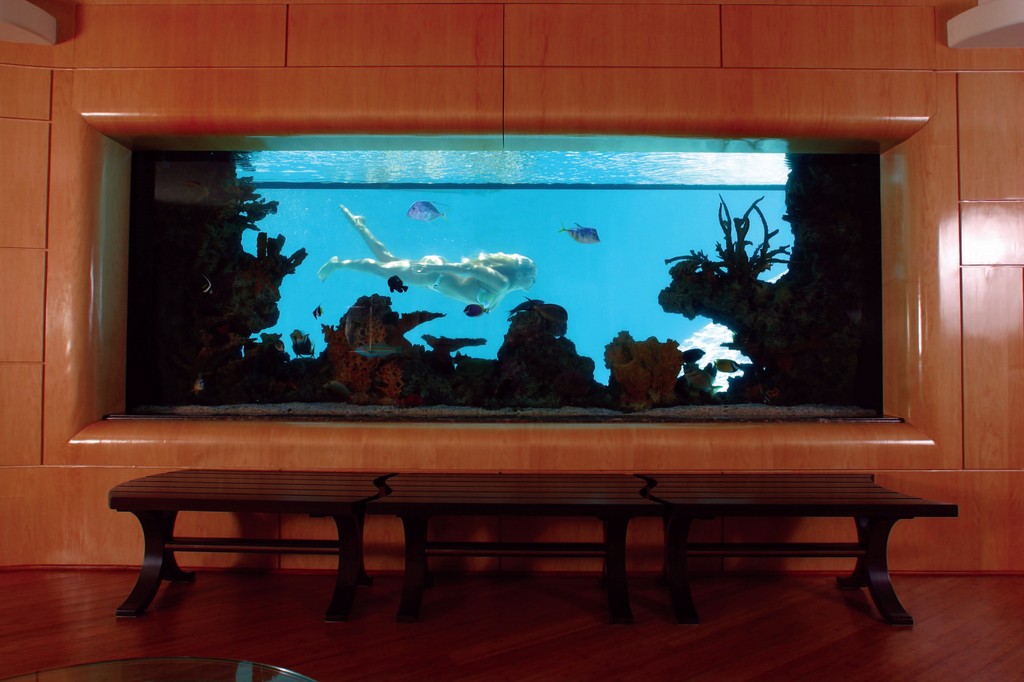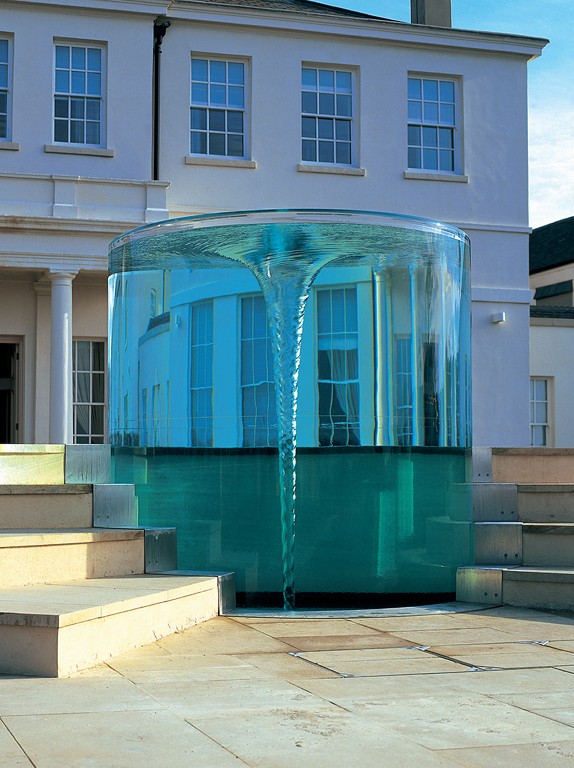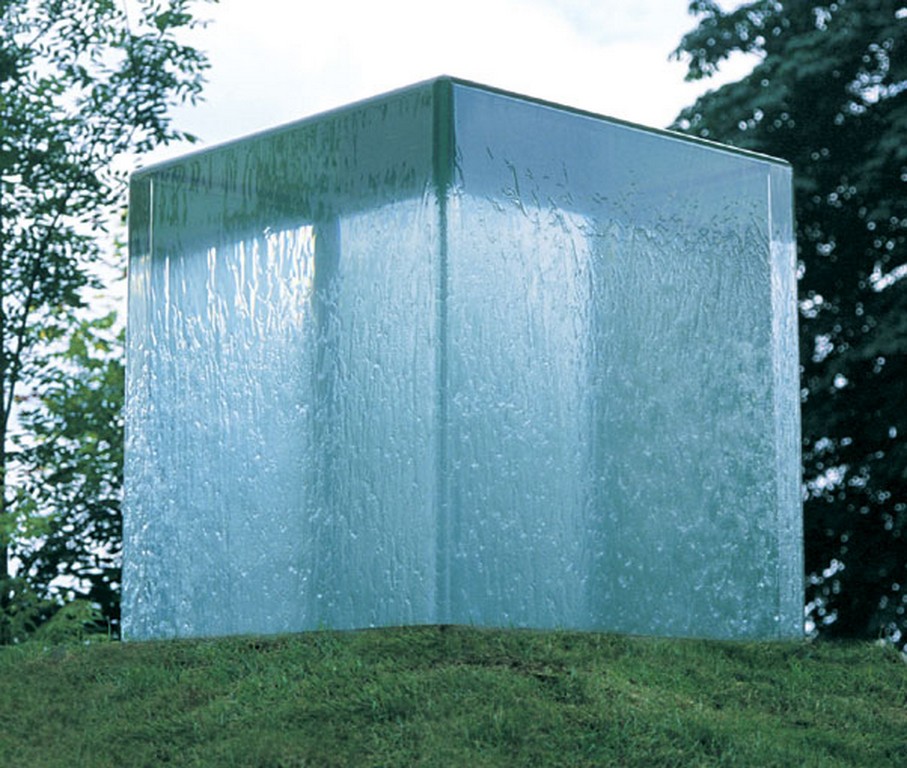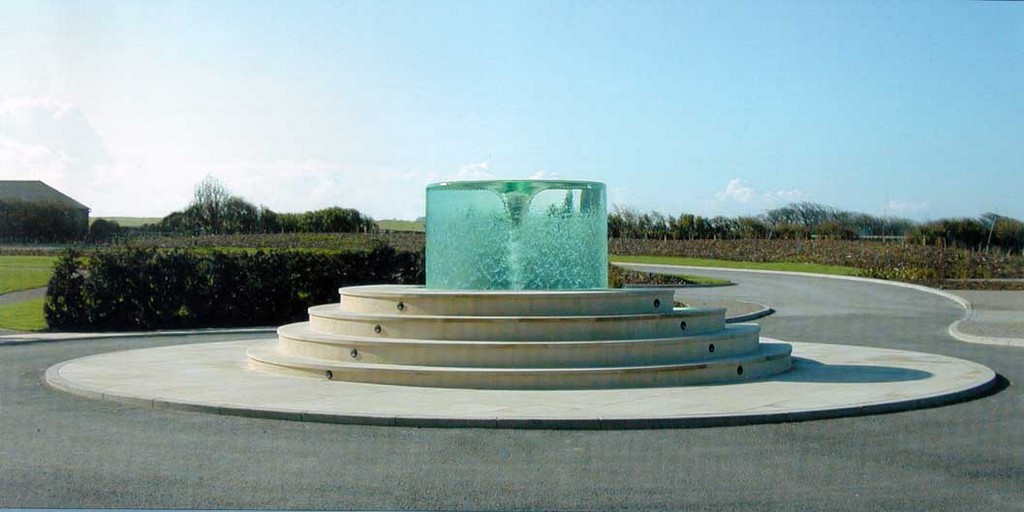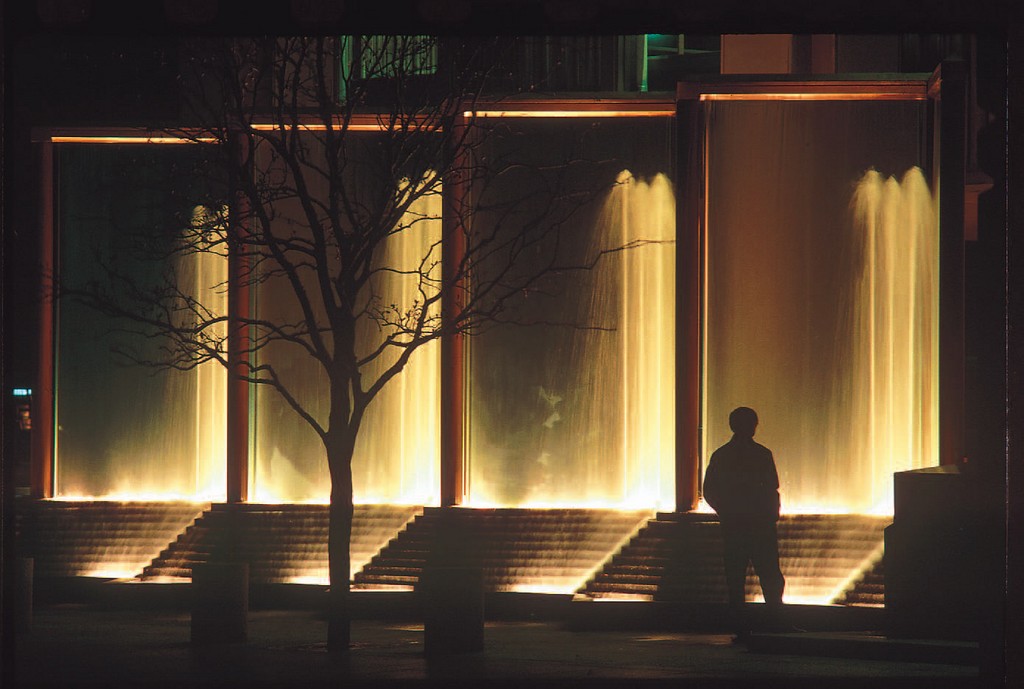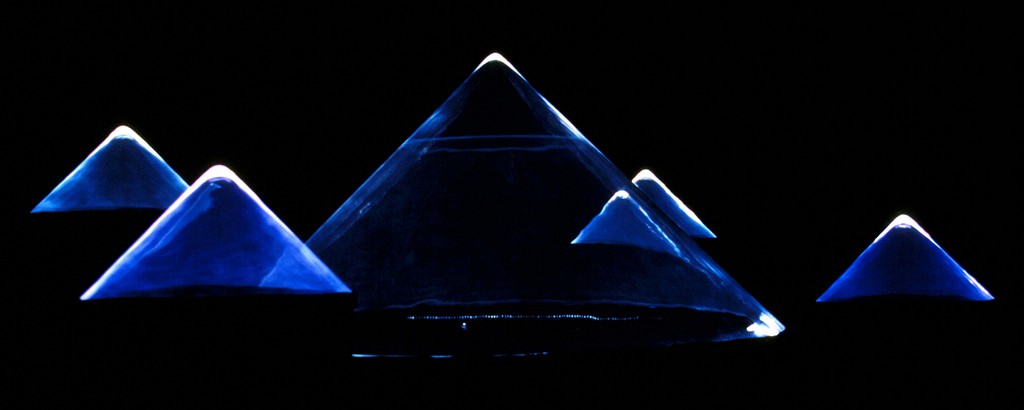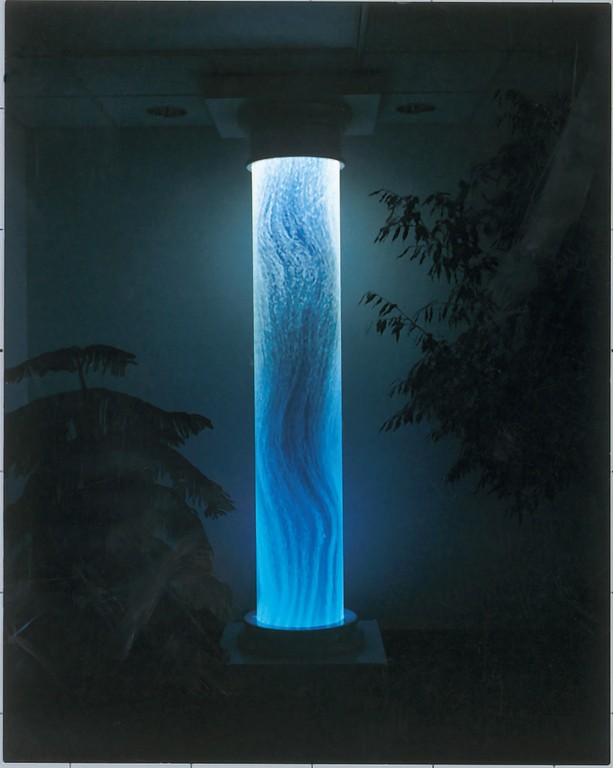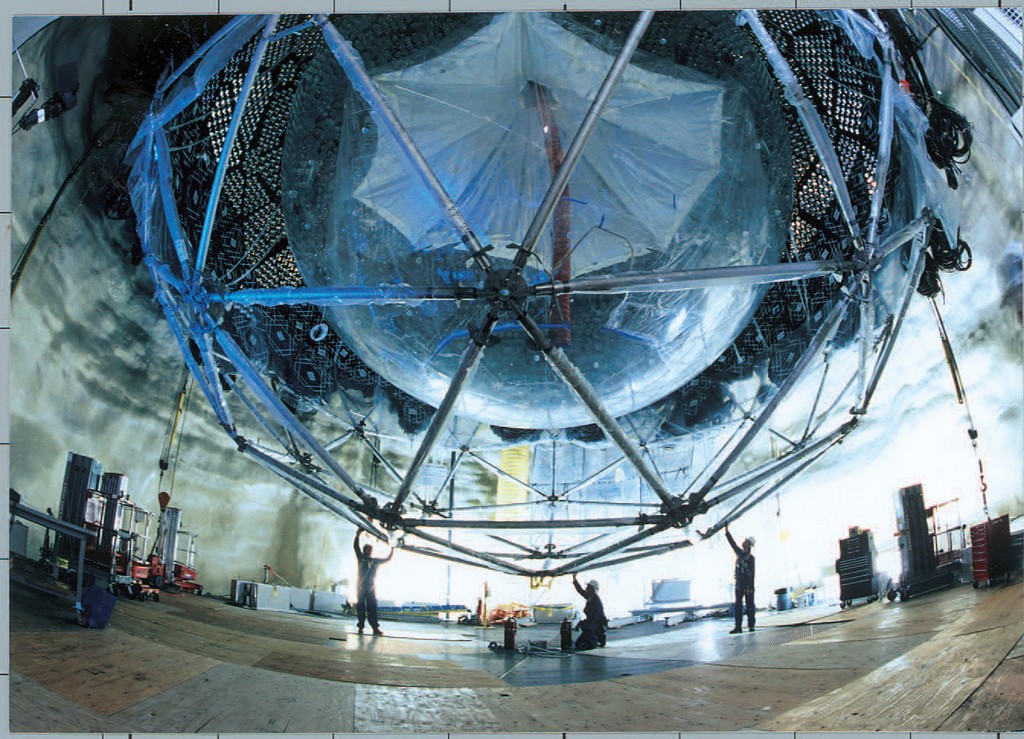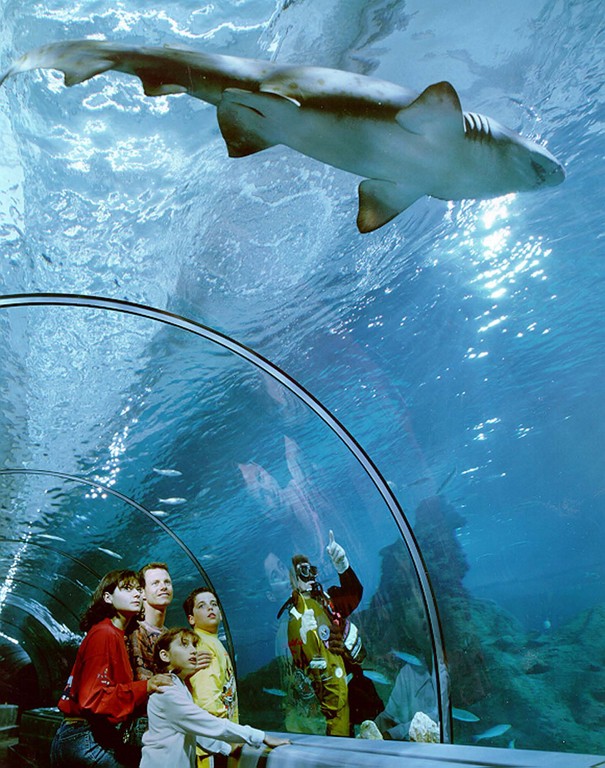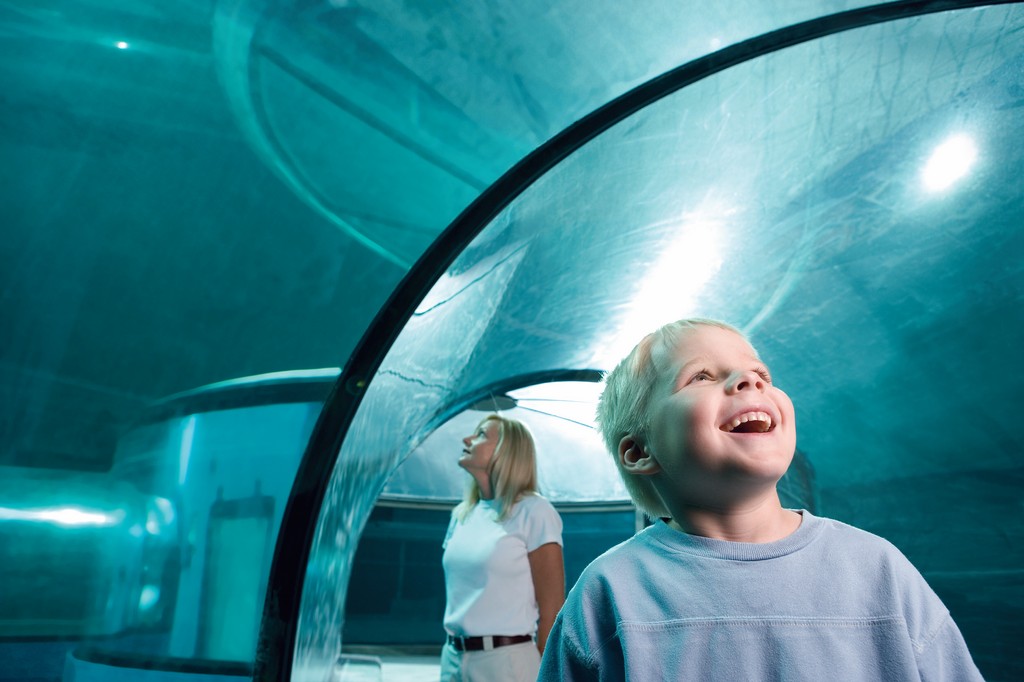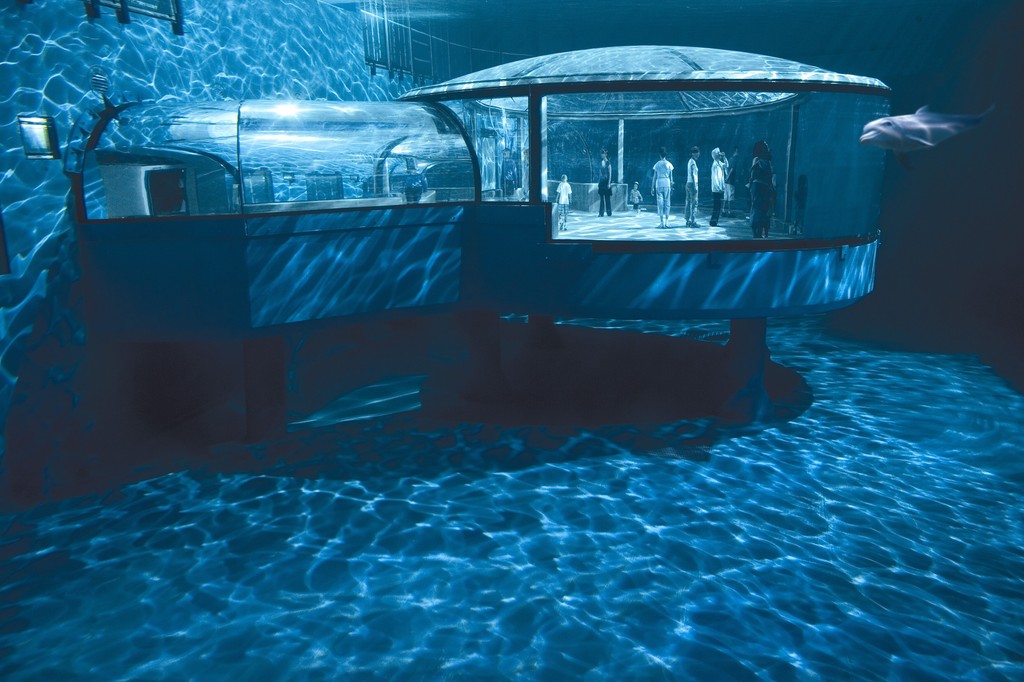Shining Through

When you ask people about transparent building materials, most people immediately think of glass.
Glass is certainly stronger than most people realize, but it has never been an ideal structural material because of its weight, brittleness and structural limitations. With our acrylic products, by contrast, architects and other designers have found a material with which they can create substantial transparent structures that are much lighter and more versatile than those made with glass – and with a structural strength more than double that of concrete.
R-Cast acrylic (as we call it) is indeed an amazing material: Its uses span from the obvious pools, fountains or aquariums to awesome signage and seemingly impossible structures and lighting (to mention a few possibilities). Its combination of optical clarity with safety, strength, flexibility and UV resistance has allowed an increasing numbers of designers across a range of disciplines to embrace the material as never before.
There are several firms that provide acrylic materials to the construction marketplace, with ours – Reynolds Polymer Technology of Grand Junction, Colo. – providing the largest panels available using the highest-quality acrylic. Our unique casting methods, custom fabricating and technical support are all intended to allow design dreams to become reality, and we’ve been empowering all sorts of watershapers, architects and engineers to let their imaginations run wild since we first opened our doors in the 1980s.
GOING DEEP
As a supplier of these products, we’re naturally enthusiastic about their use. What we’ve found through the years, however, is that a great many people still do not understand the wonderful potential that acrylic holds in terms of design – and that when they do discover what can be done with these materials, the creative possibilities are almost limitless.
Strength and clarity are qualities at the very heart of why acrylic is so useful for such a wide array of applications, especially when it comes to water. But even for us, figuring out these new applications took some time.
Many of our earliest projects called on us to manufacture windows for deep-sea submersibles for the U.S. Navy and various scientific-research institutions. Obviously, windows on vessels submerged to the bottom of the ocean must be able to withstand thousands of pounds of pressure per square inch in a setting in which failure is simply not an option.
Our products worked out well for such applications because our particular expertise is making monolithic acrylic panels that are extremely thick. Where other manufacturers achieve thickness by laminating thinner panels together – a technique that is effective in many applications but has limitations in some with respect to size, strength and appearance, our panels are truly monolithic at the specified thickness.
Before long, we began seeing the advantages of this strength and design flexibility and became involved in the development of panels for commercial aquariums. In fact, we even started a subsidiary, International Concept Management, as a design/build operation that deals with nothing but such projects. It’s a fascinating field in which designs center on the need to contain substantial bodies of water while encompassing education, research and entertainment and providing the public with expansive viewing opportunities.
| The most prominent of the applications of our acrylic products take the form of aquariums of all sizes and configurations. Whether they serve purely decorative purposes, inspire a sense of wonder or simply offer a distraction to people waiting in line or for a table, these vessels capture imaginations – and, in the case of the AquaDom project depicted on page 55 and 57, have become civic landmarks. |
The fact that the clarity of cast acrylic does not diminish as the material grows in thickness has enabled designers of these facilities to create truly daring projects in which entire structures are transparent. And we’ve built on acrylic’s strength and clarity edge by not only making the panels stable when exposed to ultraviolet light, but also by making certain that any scratches or surface defects that occur can be polished and the surface restored to its original state.
One of our first projects of the public sort was for Epcot Center in Orlando, Fla., where in the early 1980s we built three giant acrylic monoliths that stand in front of the silver globe at the entrance to the park. In such a setting, exposed to the elements through a period of several years, these structures would have been replaced long ago had they not proved durable and easy to maintain. For all that, they’re still there, looking much as they did when first installed.
WATER WORKS
Since those early days, we’ve spent a lot of time exploring the natural marriage between acrylic and water. At this point, in fact, upwards of 80 percent of our work involves aquatic applications.
On the aquarium front, we’ve seen tremendous progress with respect to creativity and sheer daring in many of these designs, perhaps most powerfully in the Berlin elevator project depicted in this article. We’ve also continued to push the limits of the technology.
| In residential settings, acrylic panels lend a dramatic window into both ponds and swimming pools and are an absolute natural when it comes to vanishing-edge details. Here, you can see the thicknesses that can be achieved as well as the optical clarity of the panels. |
Through the past several years, we’ve also seen the increasing popularity of tubular structures configured in such a way that visitors can travel through an aquarium and be completely surrounded by the underwater environment. Perhaps the best known of these are the waterslide tubes found at Atlantis, Paradise Island, Bahamas, where a pair of acrylic tunnels pass through a shark tank. (Editor’s note: This spectacular effect was highlighted in “Welcome to Paradise” in our February 2004 issue.)
More innovative still, we recently completed the world’s first all-underwater restaurant at the Hilton Resort in the Maldives, designing and building an acrylic-panel structure that’s been sunk five meters underwater on a coral reef. The effect of this reverse-aquarium design is that diners enjoy 360-degree views of the surrounding reef while enjoying food that fuses Western tastes with novel Maldivian cuisine. In this case, the structure has a teardrop shape to optimize viewing and keep patrons close to the external environment.
Another project of which we’re particularly proud was completed in the late ’90s for the Sudbury Neutrino Observatory in Sudbury, Ontario, Canada. In this case, a 40-foot-diameter sphere made of two- to four-inch-thick acrylic panels with more than 1,550 feet of optically seamless chemical bonds – all done on site a mile and a quarter beneath the surface of the earth in a clean-room environment. This facility is designed to help astrophysicists hunt for sublimely elusive neutrinos.
| We’ve found through the years that designers’ creativity seems to become elevated to another level when acrylic panels enter the mix. In this case, for example, what seems at first glance a fairly conventional pool takes on a whole different quality when combined with a basement aquarium that opens a window on an underwater world. |
In every single one of these projects I’ve just highlighted, our work began with the experts (and competitors) saying these structures could not be built. Much of our pride in what we do extends from the fact that we’re able to execute designs that at first flush seem impossible. For our part, it’s our knowledge of the amazing qualities of acrylic that enable us to keep pushing the envelope.
MASTER CYLINDERS
Our acrylic’s durability and strength are important, of course, but it is the material’s ability to be used in creating massive crystalline-looking objects that make it so exciting and have placed the material on the cutting edge of watershape design.
One of the most dramatic examples ever of the potential of acrylic can be found in the lobby of the Radisson Hotel in Berlin, Germany, a project (mentioned earlier) that boasts the world’s largest cylindrical aquarium.
Known as the AquaDom, the structure is quite mind-boggling in concept. In all, 150 tons of acrylic made up of 42 panels were bonded together as a cylinder rising to 52 feet in height with a 36-foor exterior diameter. Inside this outer cylinder is a 15-foot-diameter cylinder in which a two-story glass elevator moves guests to and from their rooms on the seventh floor.
| Fountain applications have always offered us special opportunities to show off the visual, structural and physical capabilities of our acrylic products. Whether the water is fully contained, overflows its vessel or is simply set off by the panels, the effects are dramatic and make compelling aesthetic statements. |
We became involved with the project during the design phase in 2002. At that time, the architect had proposed a massive egg-shaped aquarium. We designed the structure accordingly and set a price that proved too high for the client. We then value-engineered our way to the current structure and its simpler design, going with a straightforward cylinder – and they went for it immediately. The structure is eight inches thick at the bottom and tapers to four inches of thickness at the top, where there’s less static pressure for the structure to contain.
We manufactured the panels and shipped them unassembled to the site, where we bonded the pieces together. It was an 11-month undertaking: During assembly, we basically had to set the area up as a clean room so the bonding process could move forward without risking any contamination of the joints by dirt or dust – all while maintaining a regulated temperature level.
The result is spectacular: a completely transparent structure that contains more than 1,000 tons of saltwater, more than 2,000 fish, various reef formations – all suspended above the lobby floor for maximum visual effect. With more than 50 feet of depth, the divers who routinely clean the vessel actually have to equalize pressure to avoid contracting the bends. In other words, it’s an aquarium so massive that divers essentially have to follow deep-sea diving protocols.
The glass elevator in the center of the aquarium is a cylinder within a cylinder and provides intriguing inside-out views as the elevator glides up and down. It’s an amazing feature, one that has generated a tremendous amount of publicity for the hotel and has become something of a landmark in Berlin, a city known for its soaring modern architecture.
From our perspective, the project is a perfect example of how exciting these structures can be – especially when we’re able to influence the design from the start.
DOWN HOME
An innovative spirit has never been reserved only for such grand projects. In fact, we’ve recently seen designs for acrylic structures reaching into the residential realm, where we now find ourselves working on a range of projects having to do with swimming pools or large home aquariums (and sometimes both).
| The transparency and durability of acrylic products have made them a medium of choice for all sorts of creative people other than watershapers, including sculptors, lighting designers, architects – and even scientists who spend their time thinking up practical ways to capture subatomic particles. |
As an example, we recently completed panels for a combination aquarium/swimming-pool structure located on a beachfront property in southern California. As you sit in the basement bar of this home, you look through an aquarium that divides the pool from the basement.
Some of our commercial work is also being conducted on a small scale, as with the new Palms Residences in Las Vegas, Nev., where we’re furnishing acrylic hot tubs for penthouse apartments’ balconies on the 18th to 24th floors. In this case, the outside edges of the tubs are going to be completely clear so the views beyond won’t be obstructed when the spa isn’t being used – the first application of its kind.
We also get involved in non-aquatic details in retail and hospitality settings, where we provide designers with relatively affordable ways to distinguish their installations and attract public attention by exploiting the colors, textures and unusual geometric shapes available in our acrylic products.
No matter the project, we try to get in on the design phase at as early a point as possible, meeting with architects and designers to discuss the location and design and educating the architects and designers about the capabilities of acrylic. We then hit the drawing board, develop a bid and give the customer an idea of the cost. If the price is too high (as it was at first in the Berlin project), we revisit the program and do what we can to capture the spirit of the idea for less money.
Once price and desire are aligned, our engineers create shop drawings for our fabricators and we develop the molds required for the job. Sometimes this design and manufacturing process takes only weeks, but other times it takes years – as with the Dubai project on which we’re still working at this writing.
One of the key issues we face with each project is deciding whether we can get the job done with a single casting, or instead need to make many panels and fuse them together. Much of this decision is about the practicalities of shipping: If the end result is simply too big to ship, we cast the assembly in pieces and send in our crews to do the bonding on site.
| Of all of the ways in which we’ve applied our products, those that involve bringing people of all ages into close contact with the undersea world have always been among the most exciting and satisfying. For most of us, the oceans are beyond reach until someone invites us to see denizens of the deep at close range, safely and clearly. |
In some cases, structures are assembled using mechanical mullions – a straightforward process that is a matter of designing the correct installation detail to waterproof the structure. The bonding process, however, is more complex and can represent months of work on larger jobs. We’ve developed a bonding method that retains up to 90 percent of the parent material’s strength while generating almost zero optical distortion. In other words, the bonds are essentially invisible.
SKY HIGH
The applications of our acrylic products have become so diversified and creative that we have no way of knowing just how far all this is actually going to go in coming years – or where.
We have had intriguing conversations, for example, about devising full-blown underwater living habitats – the kind of proposal that keep us hard at work in developing additives and coatings that will encourage specification of acrylic products in situations in which only metals and plastics are currently used.
For all that, however, we know that aquatic applications will remain the mainstay of our business for many years to come – and we think we’ve only just begun exploring the realm of possibilities that align what we do with the ambitions of creative designers, watershapers and clients.
Nate Reynolds works in market development for Reynolds Polymer Technology, where he’s served in a variety of roles during the past ten years. Based in Grand Junction,Colo., the company manufactures cast acrylic structures for numerous applications and industries. Reynolds graduated from Chapman University in Orange, Calif., in May 2004 with a double major in International Business and Finance and now seeks out new architectural applications for the family firm’s large-scale acrylic castings. The firm was founded more than 20 years ago by Reynolds’s father, Roger R. Reynolds, and enjoys a worldwide reputation as a top-flight manufacturer, installer and fabricator of thermoplastics used in public aquariums and zoos as well as in the medical, architectural and commercial-products industries.










